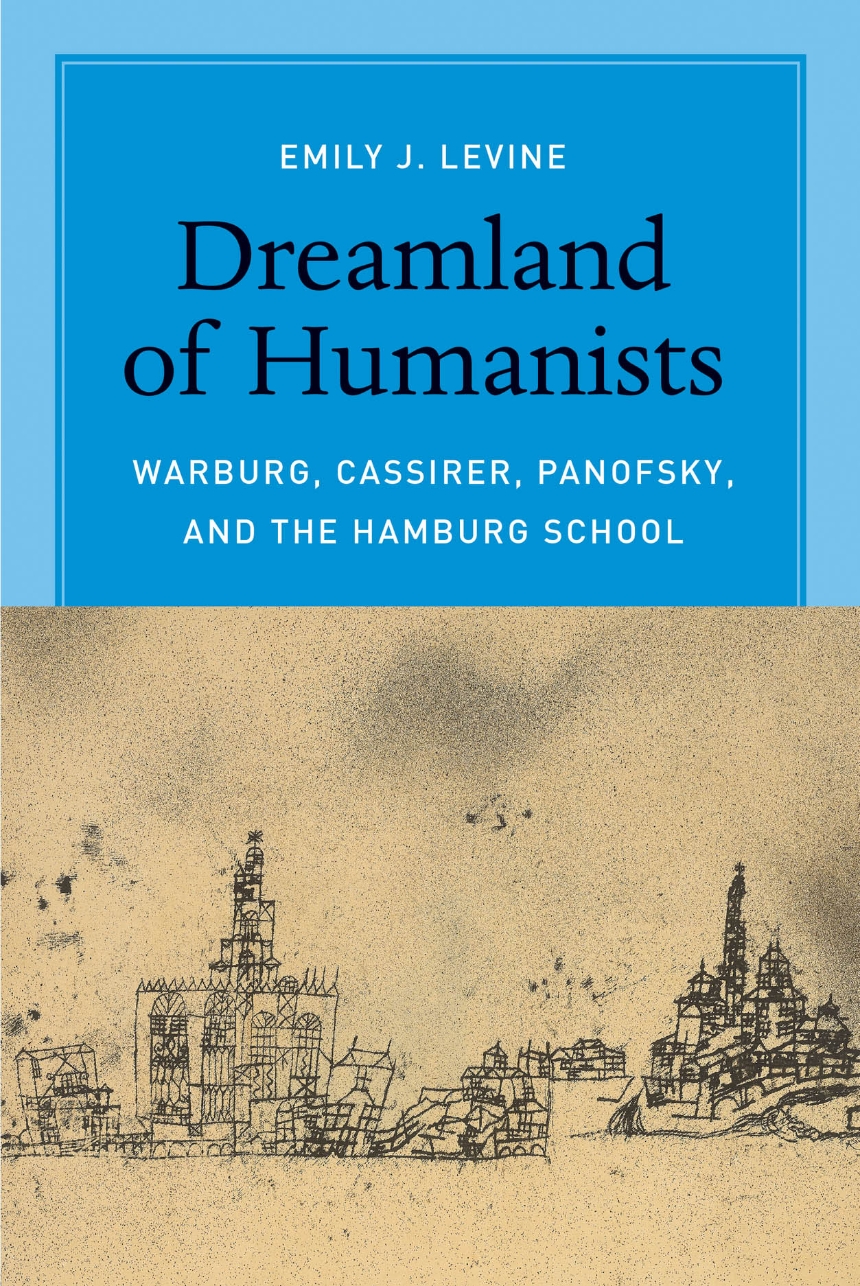Dreamland of Humanists
Warburg, Cassirer, Panofsky, and the Hamburg School
Dreamland of Humanists
Warburg, Cassirer, Panofsky, and the Hamburg School
Publication supported by the Bevington Fund
In Dreamland of Humanists, Emily J. Levine considers not just these men, but the historical significance of the time and place where their ideas took form. Shedding light on the origins of their work on the Renaissance and the Enlightenment, Levine clarifies the social, political, and economic pressures faced by German-Jewish scholars on the periphery of Germany’s intellectual world. By examining the role that context plays in our analysis of ideas, Levine confirms that great ideas—like great intellectuals—must come from somewhere.
464 pages | 12 halftones | 6 x 9 | © 2013
Art: Art Criticism
History: European History, History of Ideas
Reviews
Table of Contents
List of Illustrations
Preface
Acknowledgments
INTRODUCTION Dreamland of Humanists
1 Culture, Commerce, and the City
2 Warburg’s Renaissance and the Things in Between
3 University as “Gateway to the World”
4 Warburg, Cassirer, and the Conditions of Reason
5 Socrates in Hamburg? Panofsky and the Economics of Scholarship
6 Iconology and the Hamburg School
7 Private Jews, Public Germans
8 Cassirer’s Cosmopolitan Nationalism
9 The Enlightened Rector and the Politics of Enlightenment
10 The Hamburg America Line: Exiles as Exports
EPILOGUE Nachleben of an Idea
Notes
Selected Bibliography
Index
Awards
American Historical Association: Herbert Baxter Adams Prize
Won
Association for Jewish Studies: Jordan Schnitzer Book Award
Finalist
